Signposts from the Indo-Pak 100 hr War of 2025
The India-Pakistan air war of 2025 has brought to the fore the strategic, political, and military dynamics shaping South Asia today. The confrontation has triggered diplomatic realignments and brought the first taste of modern warfare to the subcontinent
Objectives and Calculations
For Pakistan, the objective was never a prolonged war. However the Pakistani establishment did not shrink away from exploiting a short engagement—calibrated enough to capture global attention and reinforce the perception of parity with India. General Asim Munir, in particular, emerged from the episode with his authority reinforced, using the crisis to reassert the military's central role in national politics.
India’s goals were shaped by a mix of strategic calculation and domestic pressure. The government sought to establish a deterrent but reacted with too much force too soon, under public and political pressue.
Media Control and Political Messaging
On both sides, governments sought to control the narrative. In India, the blocking of cross-border media outlets narrowed the public discourse, focusing overwhelmingly on Pakistan’s losses and India’s tactical gains. This created a perception of momentum, but also inflated expectations of a more decisive outcome.
The government's assertiveness drew praise from sections of the public, but the absence of a clear strategic resolution has invited criticism, particularly from the opposition.
In Pakistan, the narrative will centre on standing up to a larger adversary, even as critics point to the significant damage inflicted on major cities.
Diplomatic Landscape and Realignments
The ceasefire was reached after a short period of intense diplomatic activity.
The United States played the most prominent mediating role, refraining from aligning fully with India.
Europe’s response was cautious, partly shaped by India’s neutrality on the Ukraine-Russia conflict. Russia, which initially called for restraint, eventually backed India publicly, declaring support for its anti-terrorism stance—reflecting a convergence of interests between New Delhi (it could not depend on the west) and Moscow (wary of overdependence on China)
Israel was the exception, providing material and intelligence support to India.
There is speculation that China may have supported or encouraged Pakistan, viewing the conflict as an opportunity to project Islamabad as a counterweight to India in South Asia.Turkey too cemented its place as a leader of the muslim world. Both Turkish and Chinese media amplified Pakistan’s image while India gained some traction in the west.
The strategic takeaway for India was clear: its centrality to Western interests remains conditional and limited.
Military Takeaways: A New Type of War
Militarily, the conflict marked the arrival of drone warfare in South Asia.
Pakistan was found lacking in both drone capability and air defence. The failure of its systems is expected to prompt significant investment and a shift in military priorities.
The prominence of the air force during the conflict may rebalancing power within Pakistan’s armed forces, with the Air Force gaining influence at some cost to the Army.
India got success in its first brush with modern air war
India’s Integrated Automated Command and Control System (IACCS), a long-term Air Force investment, proved its effectiveness. The system linked India’s diverse air defence assets—ranging from modern systems like the S-400, Israeli Barak, and the Indigenous Aakash to older platforms like the ZU-23 and L-70—into a functional and resilient grid. This architecture will be central to future operations, particularly in the context of a possible confrontation with China.
On the offensive side, India gained valuable experience in targeting and suppressing enemy air defences.
The IAF too showed its mettle with all its weaknesses. India will expand the drone fleet, buy more Rafales and accelerate the acquisition of a fifth-generation fighter aircraft. It could regain an interest in the Su-57 programme with Russia, or turn to the United States to enhance strategic alignment with the West
Strategic Reckoning
Beyond battlefield metrics, the 2025 air war revealed the increasing importance of psychological operations, influence campaigns, and media management in shaping wartime outcomes. The creation and control of perception proved as important as physical damage inflicted.
For India, aligning more closely with the West—especially through defence partnerships—may be one path forward. But such alignment is unlikely to come without conditions.
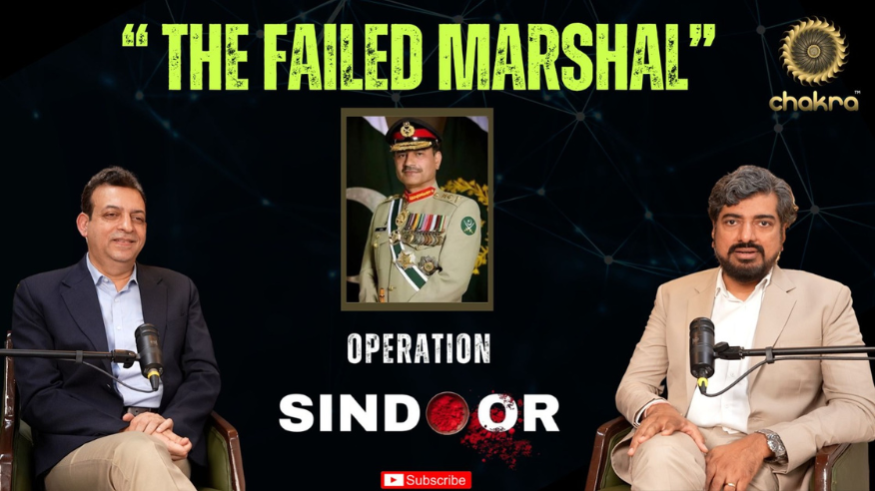
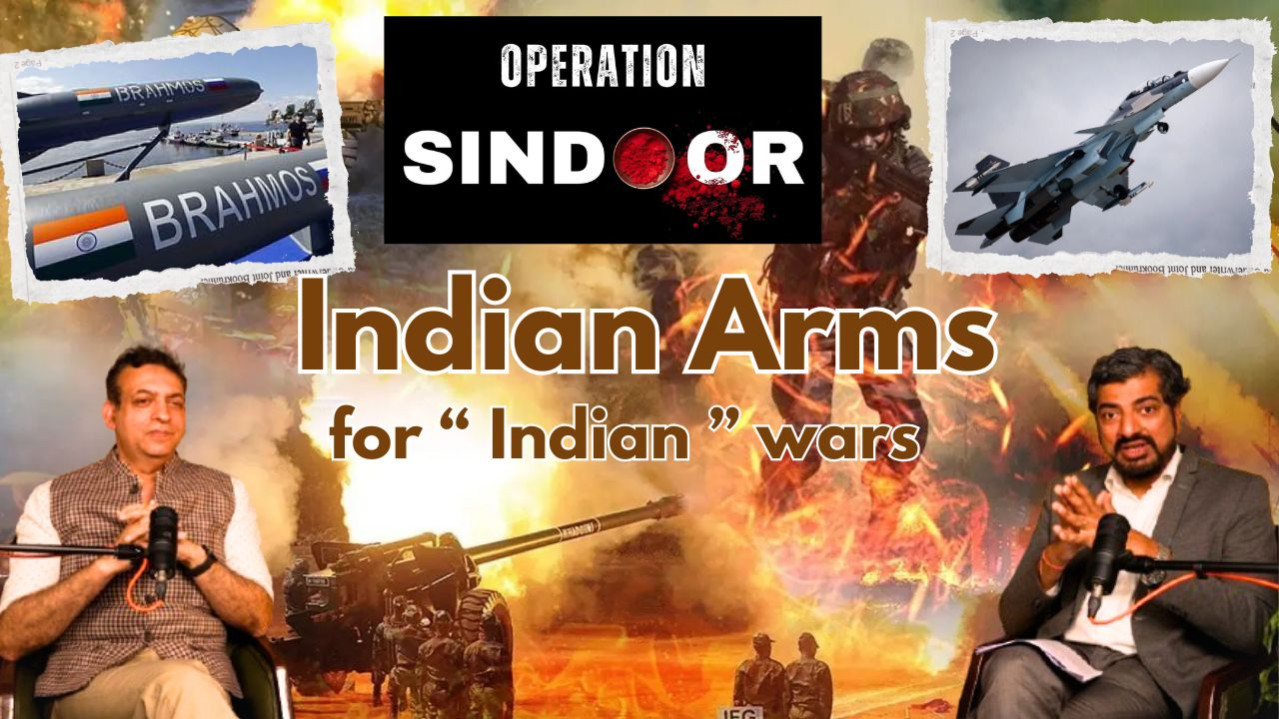
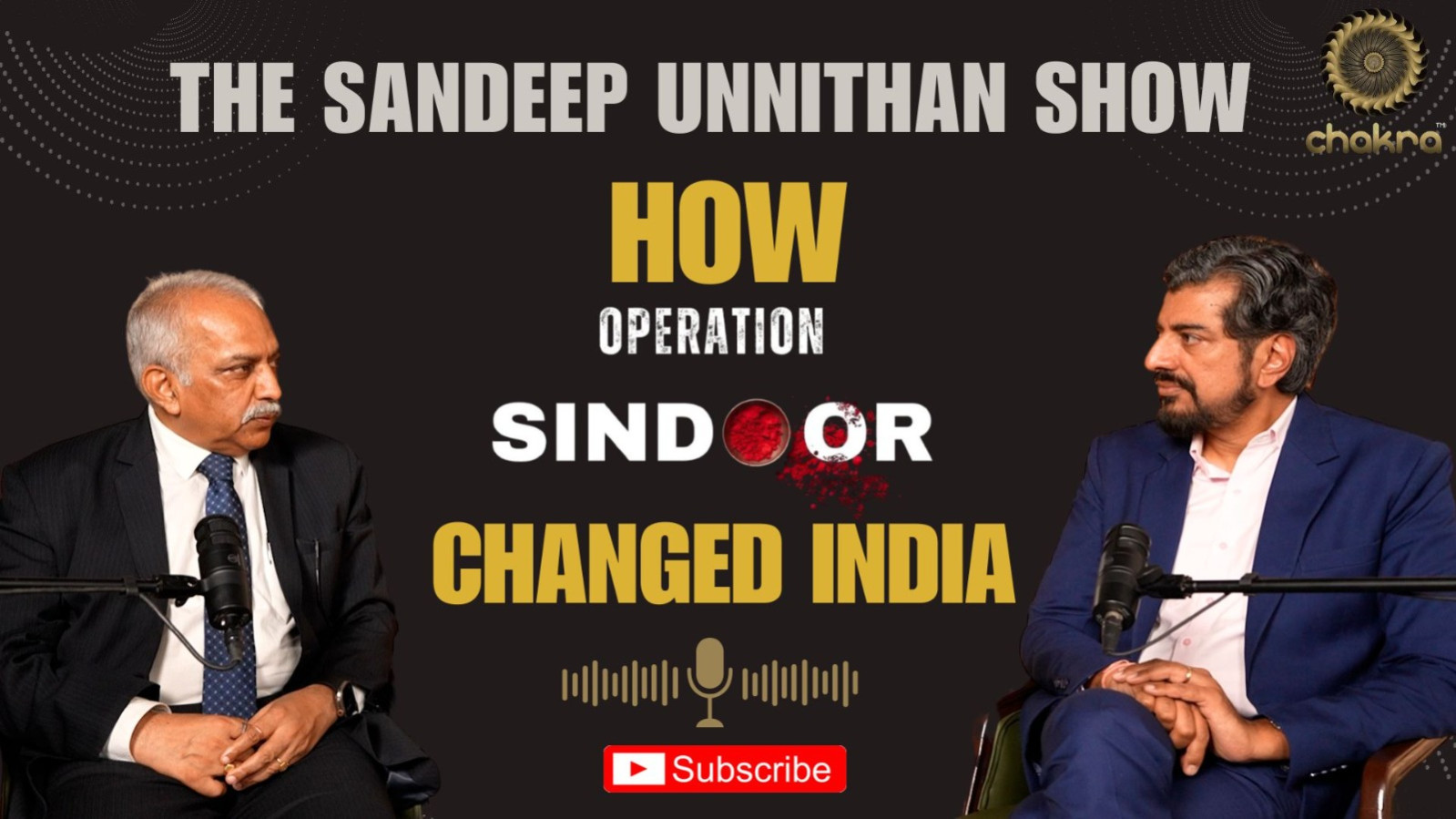
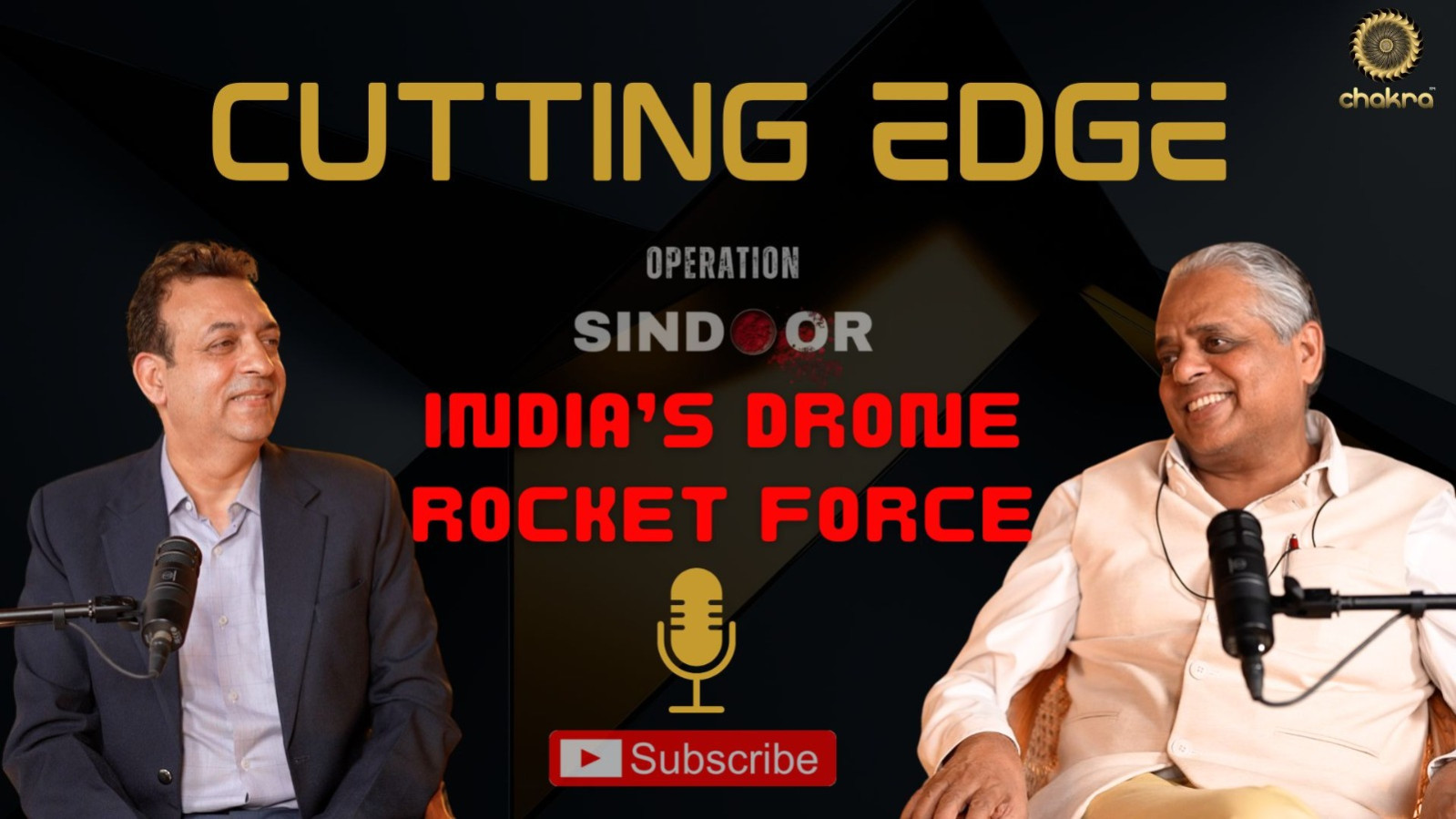
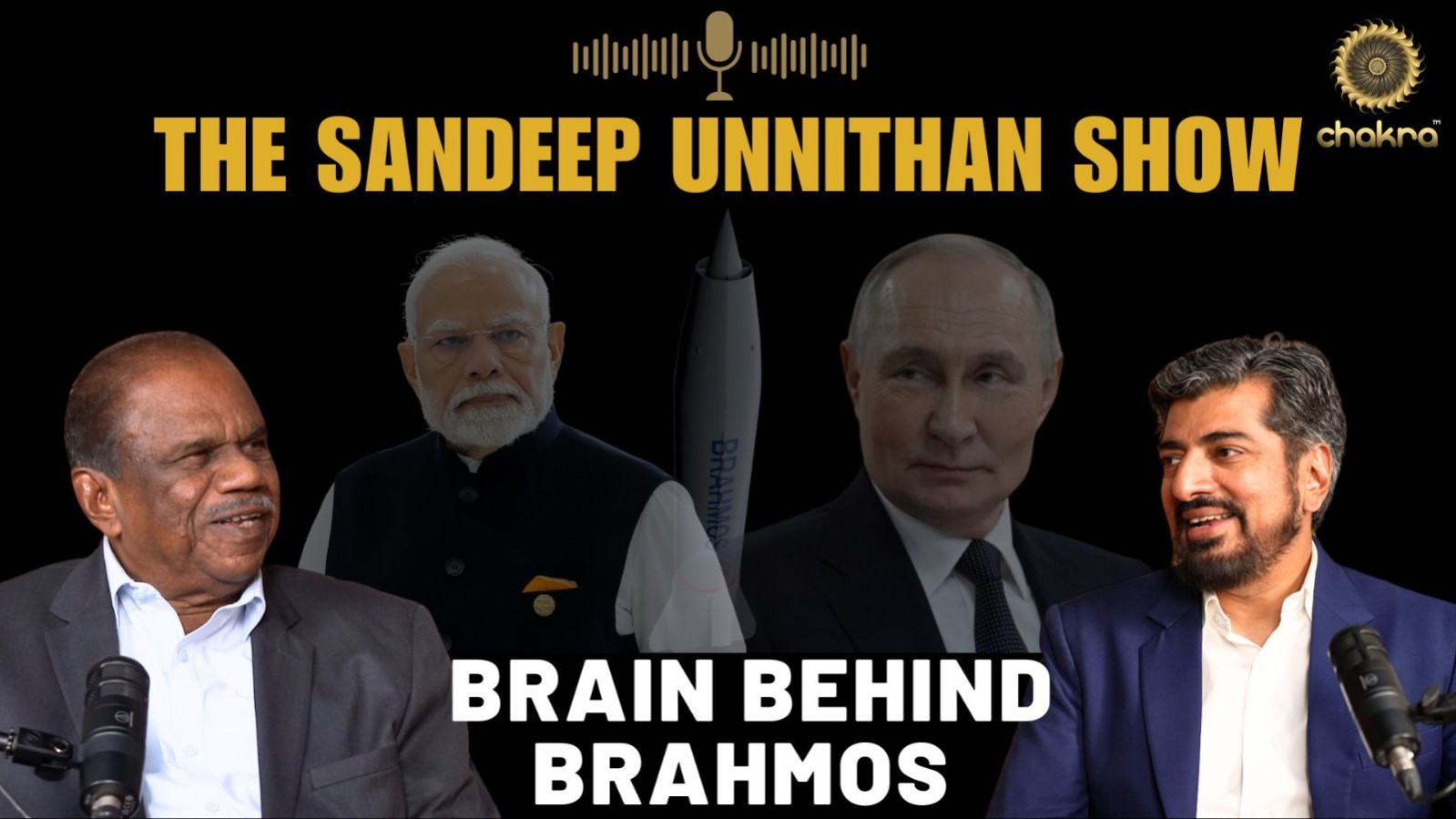



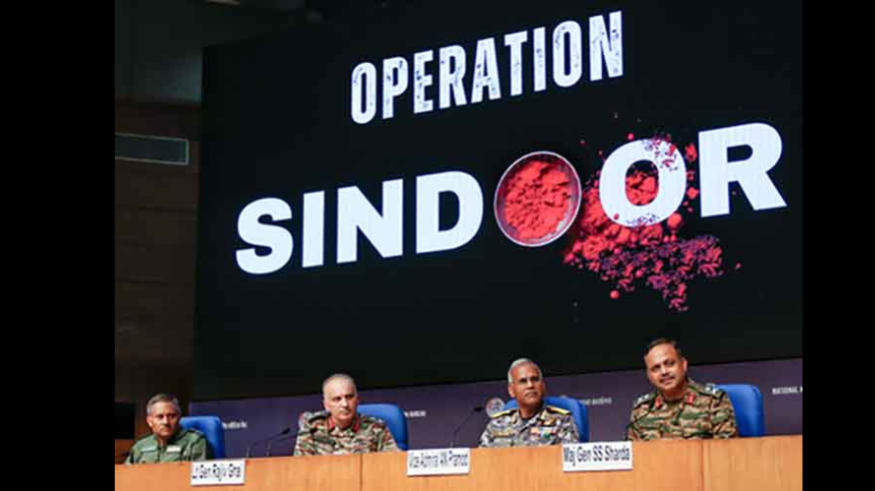

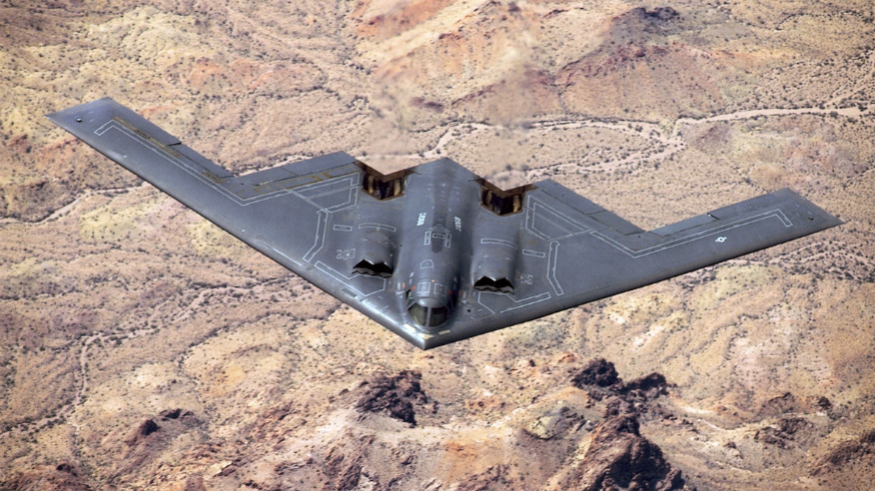




Comments